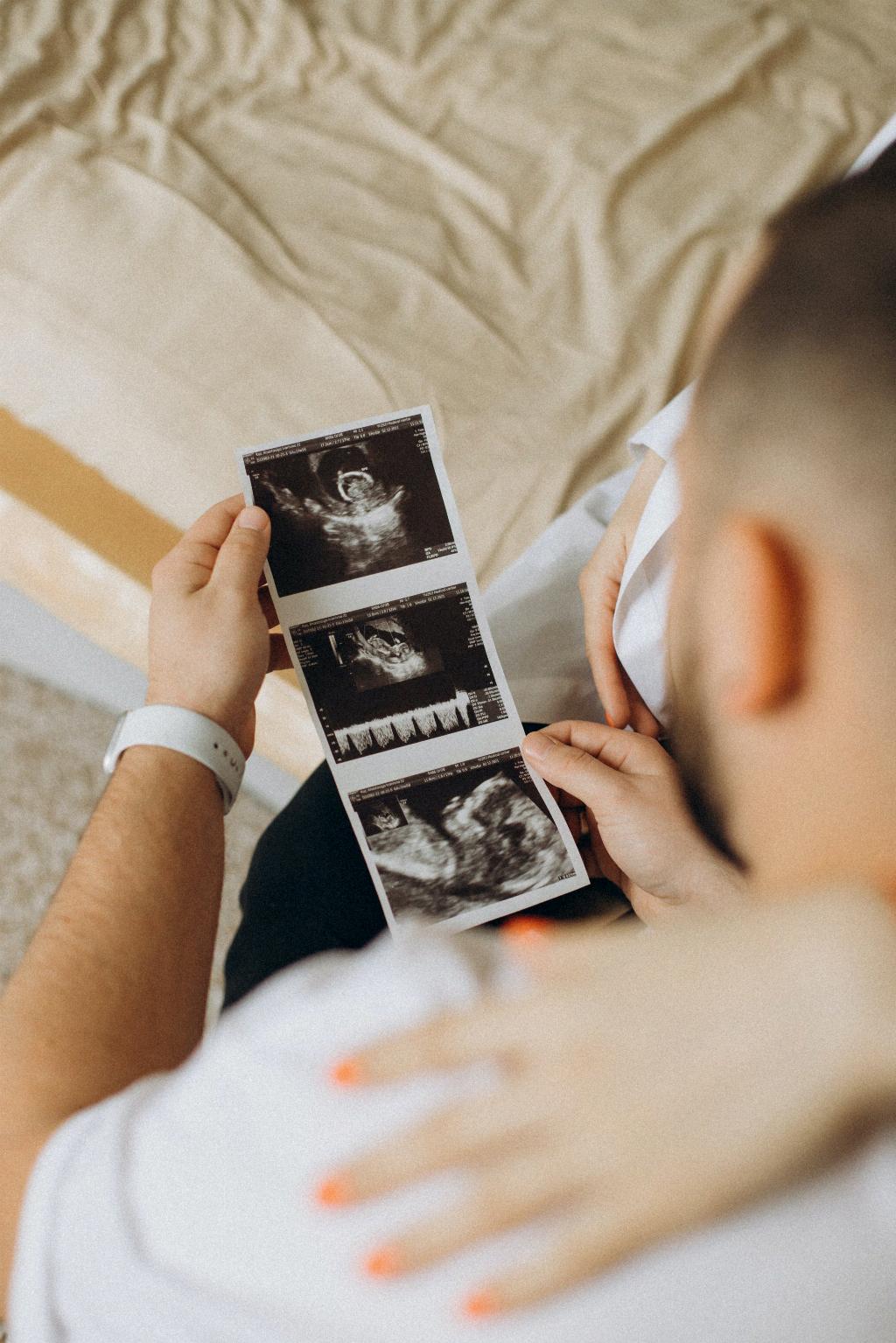When navigating the realm of childbirth, one may come across the term “Crash C-section.” It denotes a critical scenario during labor and delivery that necessitates immediate intervention. The urgency of a Crash C-section arises in situations where the health and well-being of either the mother or the baby, or both, are at imminent risk. These circumstances call for swift and decisive action to ensure a safe outcome for all involved.
During pregnancy, certain conditions like severe pre-eclampsia can pose threats to the health of the mother and the baby. In some instances, labor may not progress as expected, leading to potential complications. It is during these critical moments that healthcare providers may opt for a Crash C-section to expedite the delivery process and mitigate any risks that may jeopardize the well-being of the mother and the baby.
A Crash C-section, often referred to as a Category 1 C-section, signifies the highest level of urgency in the context of childbirth. When healthcare professionals deem it necessary to perform a Crash C-section, it means that the situation requires immediate attention, and there is a pressing need to deliver the baby promptly. The term “Crash” underscores the urgency and critical nature of the situation, emphasizing the need for swift action.
One of the defining characteristics of a Crash C-section is the strict timeline associated with the procedure. In a Category 1 scenario, the window for performing the C-section is limited to no longer than 30 minutes from the moment the decision is made. This time constraint underscores the critical nature of the situation and the imperative to act swiftly in ensuring the safety and well-being of both the mother and the baby.
It is essential to understand that a Crash C-section is not undertaken lightly but rather as a last resort in response to a critical medical emergency. The decision to proceed with a Crash C-section is based on careful evaluation and assessment of the risks involved, prioritizing the health and safety of the mother and the baby above all else. Healthcare providers are trained to recognize the signs that warrant a Category 1 C-section and to act decisively to ensure the best possible outcome.
While the term “Crash C-section” may evoke a sense of urgency and alarm, it is crucial to recognize that the primary objective of this intervention is to safeguard the health and well-being of both the mother and the baby. In high-stakes situations where time is of the essence, the swift action taken during a Crash C-section can be instrumental in averting potential complications and ensuring a safe delivery for all involved.
It is worth noting that the decision to perform a Crash C-section is not taken lightly and is made based on clear indications that immediate intervention is required. Healthcare providers are trained to identify the signs that necessitate a Category 1 C-section and to act promptly to address the situation. By adhering to stringent protocols and guidelines, healthcare teams strive to ensure the best possible outcome for both the mother and the baby in critical scenarios that call for urgent intervention.
When faced with the prospect of a Crash C-section, it is natural for expectant parents to experience heightened anxiety and concern. The urgency and gravity of the situation can be overwhelming, but it is essential to trust in the expertise and experience of the healthcare team entrusted with your care. By working together and following the recommendations and guidance provided, you can navigate the challenges of a Crash C-section with confidence and fortitude.
In conclusion, a Crash C-section represents a critical intervention undertaken in response to urgent medical circumstances during labor and delivery. The term “Crash” underscores the immediacy and seriousness of the situation, emphasizing the need for swift action to ensure the safety and well-being of both the mother and the baby. By recognizing the significance of a Category 1 C-section and the rationale behind its implementation, expectant parents can approach such situations with a clearer understanding and a readiness to collaborate with healthcare providers in safeguarding the health of all involved.

